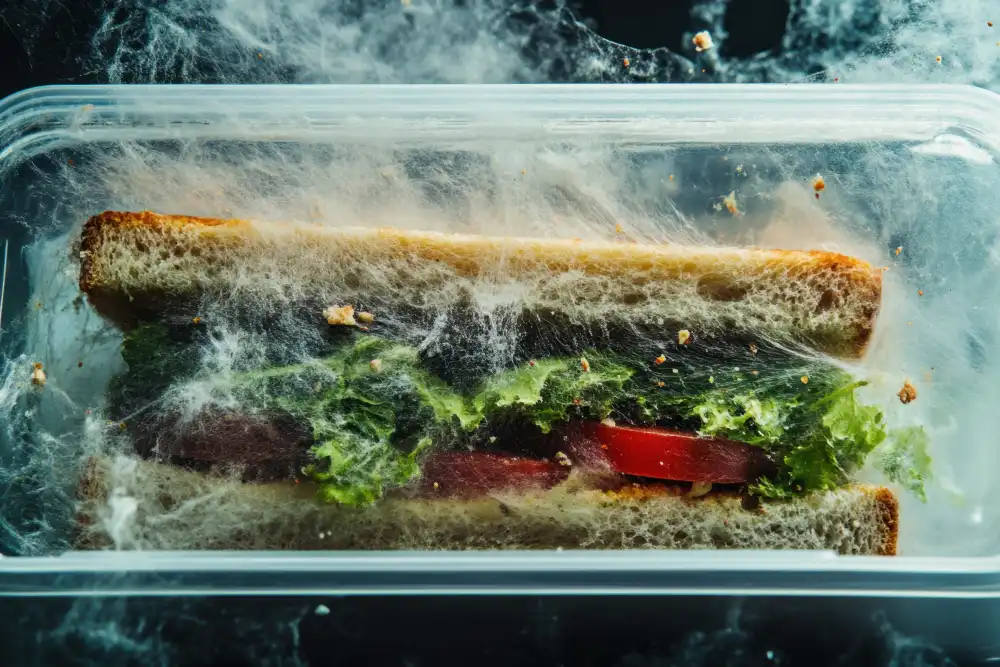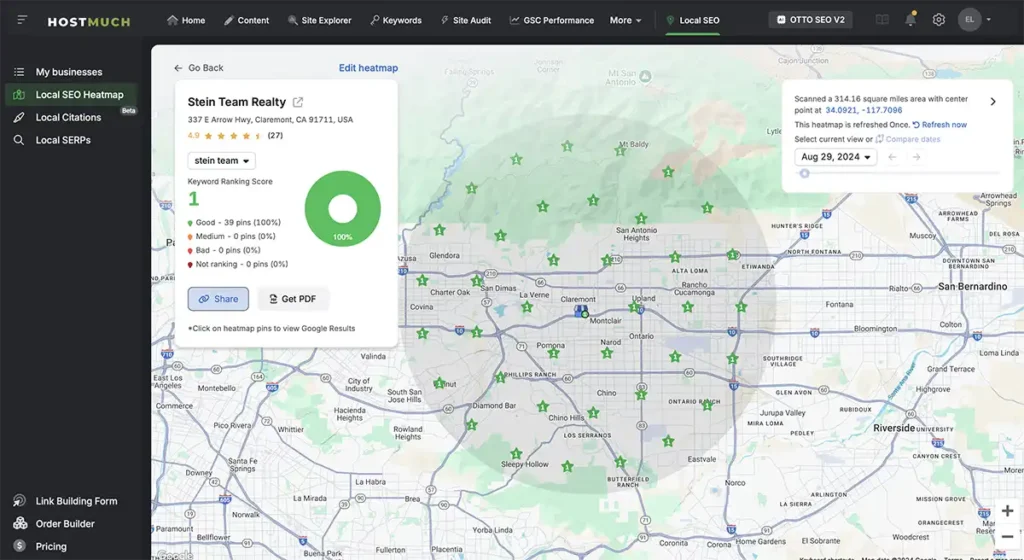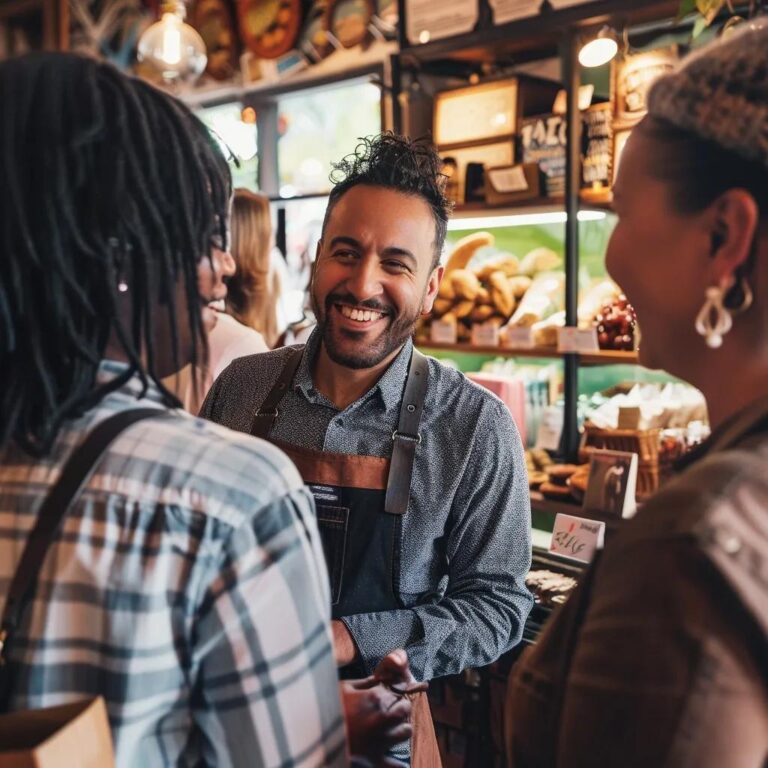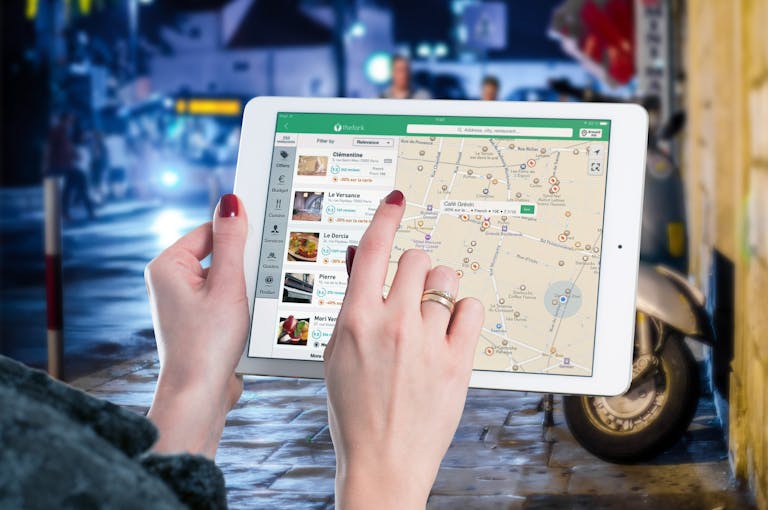The Recipe for Restaurant SEO Success: Why “Set It and Forget It” Doesn’t Work Anymore

When it comes to restaurant marketing, SEO can feel like chasing a trend — kind of like when everyone thought “unicorn lattes” were the future of coffee shops. But here’s the truth: while fads fade, local search optimization is still the most consistent way to get more people walking through your doors (or ordering online).
1. The Evergreen Ingredient Approach
Social trends come and go — one month it’s viral TikTok recipes, the next it’s neon cocktails — but when the hype dies down, people still search for a good meal nearby. That’s where local SEO shines. It’s the ingredient that never expires, quietly driving hungry customers to your door long after the latest social fad has cooled.
2. The Real-World Visibility Approach
Think of local SEO as your restaurant’s street sign in the digital world. Without it, your business might as well be hidden down an alley with no lights on. When people search for where to eat, Google becomes the map — and if your restaurant isn’t clearly marked, you’re missing out on foot traffic, delivery orders, and reservations you could’ve had.
3. The Smart Competition Approach
Every restaurant wants to be the talk of the town, but only those who show up online get the chance. Local SEO levels the playing field — giving small, family-run diners the same visibility opportunities as national chains. With the right strategy, you can outshine bigger brands simply by being more relevant and more visible where it matters most.
4. The Momentum Builder Approach
What’s powerful about SEO is that it compounds. Every optimized page, every updated Google listing, every review response builds momentum. Over time, that effort turns into steady streams of new customers who discover your restaurant naturally — not through paid ads, but through genuine search visibility and trust.
5. The Culture Shift Approach
In today’s dining culture, people don’t just wander into restaurants — they Google them first. They want photos, menus, reviews, hours, directions, and assurance that you’re open and legit. Local SEO ensures that when they search, they see you — and that what they see makes them want to book a table, not keep scrolling.
6. The Technology Meets Taste Approach
Food is art, but getting found online is science. Local SEO bridges the two by helping search engines understand who you are, what you serve, and where you’re located. It’s not about gaming the system — it’s about making sure that when someone’s craving exactly what you offer, Google knows you’re the answer.
Why SEO Still Matters — Even When It Feels Like It Doesn’t

It’s tempting to think, “Everyone’s on Instagram or DoorDash — do I even need SEO?”
But search engines are still where intent-driven customers start. A person typing “best brunch near me” or “vegan tacos open now” isn’t browsing — they’re hungry. If your restaurant isn’t showing up in that moment, you’ve lost them to the diner down the street.
When someone searches locally, Google doesn’t just pull random websites. It prioritizes verified local listings, accurate business information, and matching website data. That means your restaurant’s visibility depends on two main things:
- Your Google Business Profile (formerly Google My Business), which tells Google your exact address, phone number, hours, photos, and menu.
- Your website’s metadata, which tells Google what your restaurant actually is — whether you’re an Italian café, a sushi bar, or a vegan brunch spot.
These two work together like a host and a menu. Your Google listing gets people in the door; your website convinces them to stay. If your metadata is missing or your listing is incomplete, Google’s algorithm will simply skip you in favor of competitors who have their digital information in order.
If you want a full breakdown of how to set this up properly — from verifying your listing to optimizing your site’s meta tags and local keywords — check out our free guide:
Local SEO For Targeted Business Growth
It walks you through every step of getting your restaurant to show up where it matters most: right when people are hungry and searching.
Google My Business: Your Digital Storefront
Think of your Google Business Profile as your main signboard on the internet. It’s free real estate that determines whether someone chooses you or the place next door.
- Keep your hours, menu, and photos updated.
- Post specials and events like you would on Instagram.
- Respond to reviews — even the snarky ones. A well-handled complaint shows authenticity.
- Create a Q&A of popular questions your customers ask.
Content That Feeds the Algorithm
The best-performing restaurants online treat content like the secret sauce of their brand. You don’t need a food blog worthy of Chef’s Table, but you do need fresh, localized content that Google can serve up to hungry locals:
- Feature your chef or unique menu items in short posts.
- Write about local farms or suppliers you partner with.
- Add neighborhood keywords: “Happy hour in [City Name],” “family-friendly restaurant in [Neighborhood].”
Even a monthly 500-word post helps search engines understand that your restaurant is alive and active.
Social Proof: The Yelp Effect, Evolved
Remember when everyone’s restaurant strategy revolved around Yelp? Now, Google, instagram and TikTok are stealing that spotlight. Encourage your regulars to leave reviews and tag you in videos — every positive mention signals to algorithms that your business is trusted and popular.
Analytics: Don’t Fly Blind

Think of Google Analytics and Search Console as your kitchen thermometer. You wouldn’t serve chicken without checking the temperature; you shouldn’t run a website without checking what’s working. Analytics show where people drop off, what dishes (pages) are popular, and which search terms bring customers to you.
Pop-Culture Take: Don’t Be Blockbuster in a Netflix World
Back in the early 2000s, Blockbuster thought it was untouchable — customers lined up every weekend, late fees flowed like revenue, and the idea of streaming felt like a passing fad. Then Netflix came along, quietly mastering convenience, data, and accessibility. The rest is history.
Ignoring SEO today because “we get word-of-mouth traffic” is the digital equivalent of Blockbuster thinking people will always come to the store. Word-of-mouth is valuable, but it’s not scalable or searchable. SEO is your restaurant’s Netflix moment — an always-on system that works while you’re busy serving customers. It ensures that when someone searches for “pizza near me” at midnight, your name appears before the competition.
Restaurants that embrace digital visibility, update their online presence, and continually refine their SEO strategy are the ones that stay relevant. The others? They risk fading into nostalgia — just another great place people used to go to.
The Takeaway
SEO isn’t a one-time marketing campaign. It’s an ongoing ingredient that flavors everything else — your website, social media, and reputation. When done right, it makes every other marketing effort taste better.
If your restaurant isn’t ranking, don’t quit — adjust the recipe:
- Optimize your site for mobile and speed with tools like PageSpeed Insights
- Add schema for menus and reviews.
- Post weekly on Google Business.
- Your social accounts do not substitute for a website, they should be complementary to it.
- Track, test, tweak, repeat.
Because in today’s digital dining scene, the best restaurants aren’t just the ones with great food — they’re the ones that Google knows serve great food.





